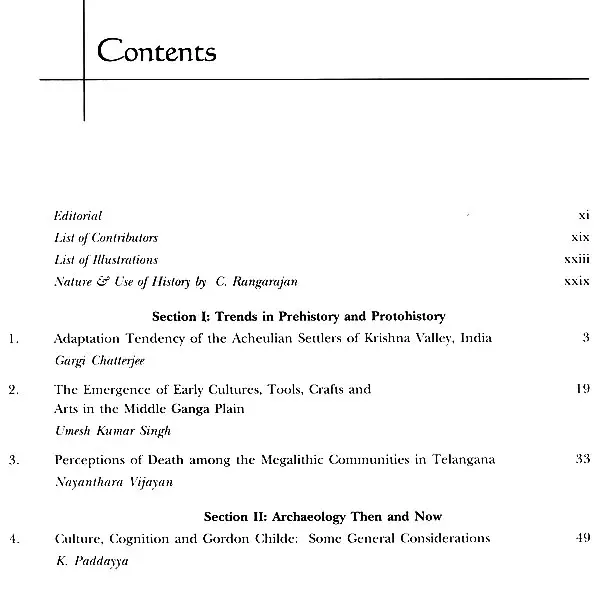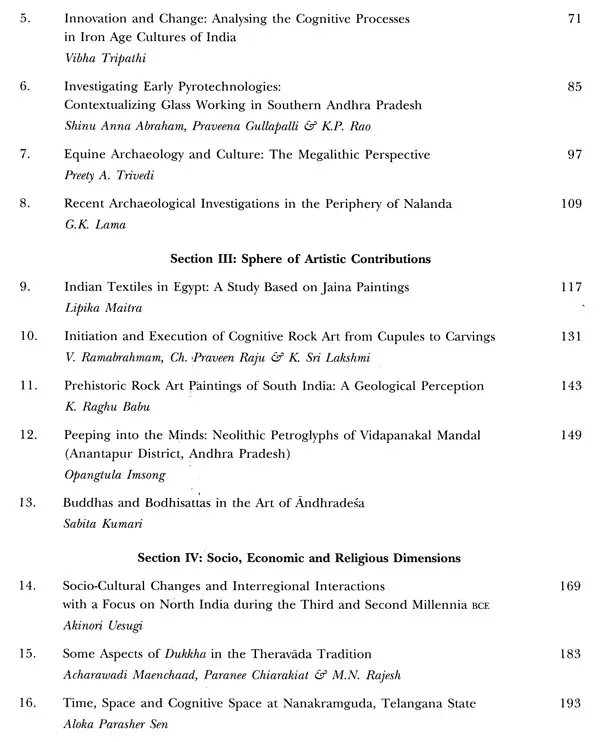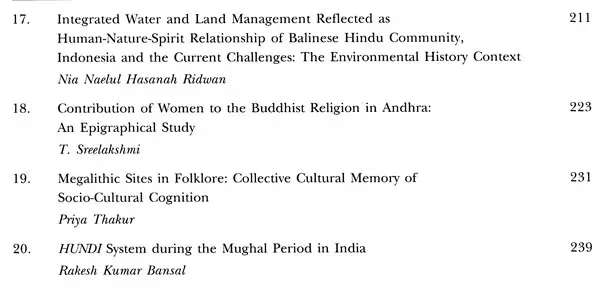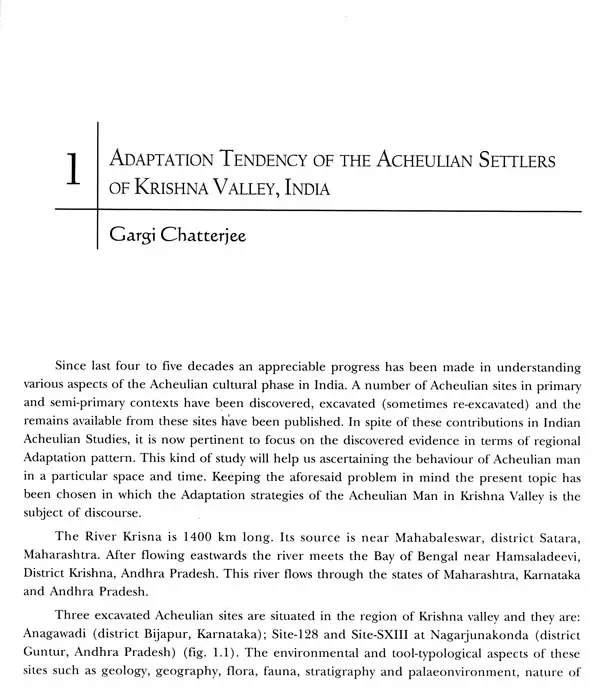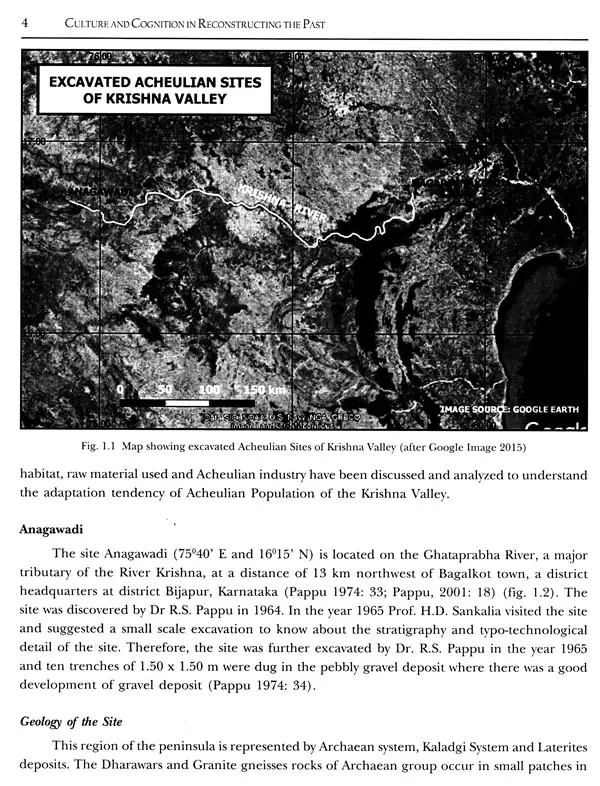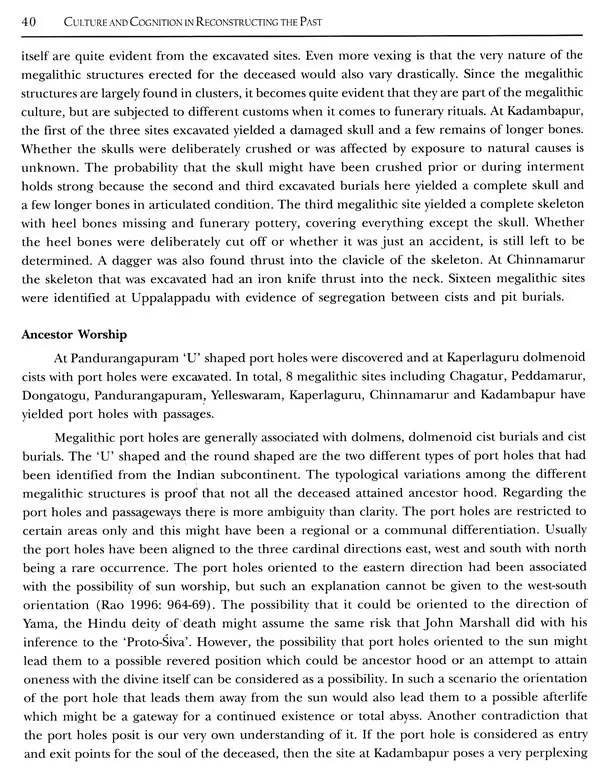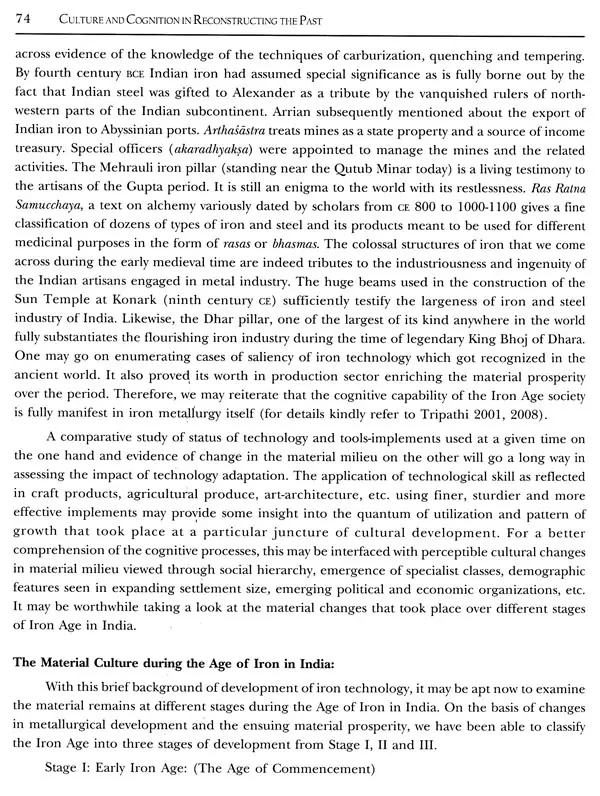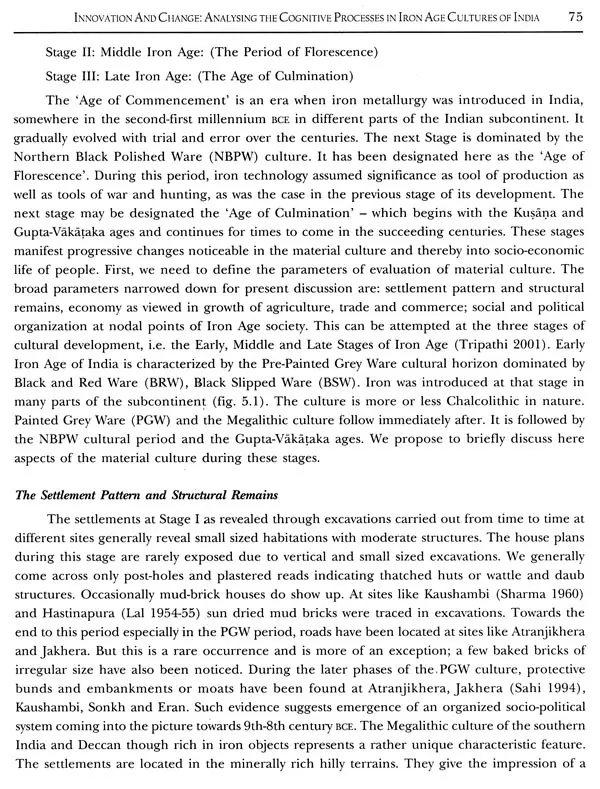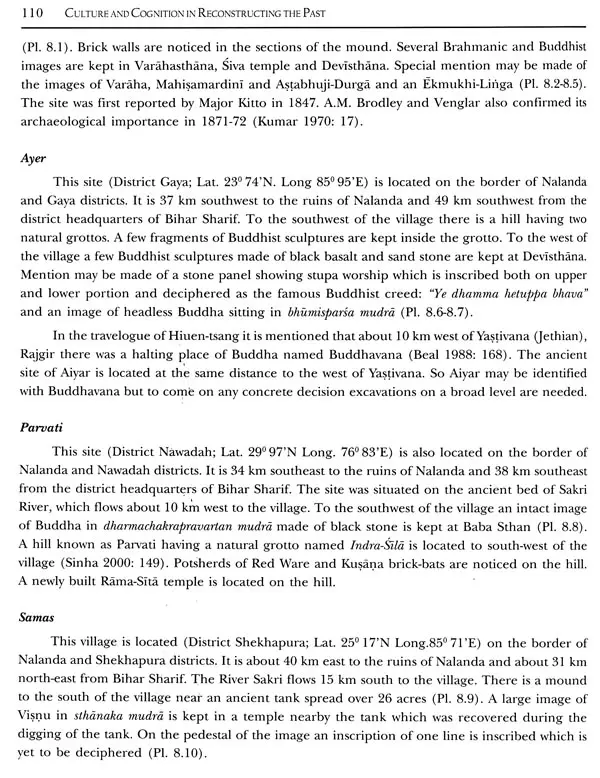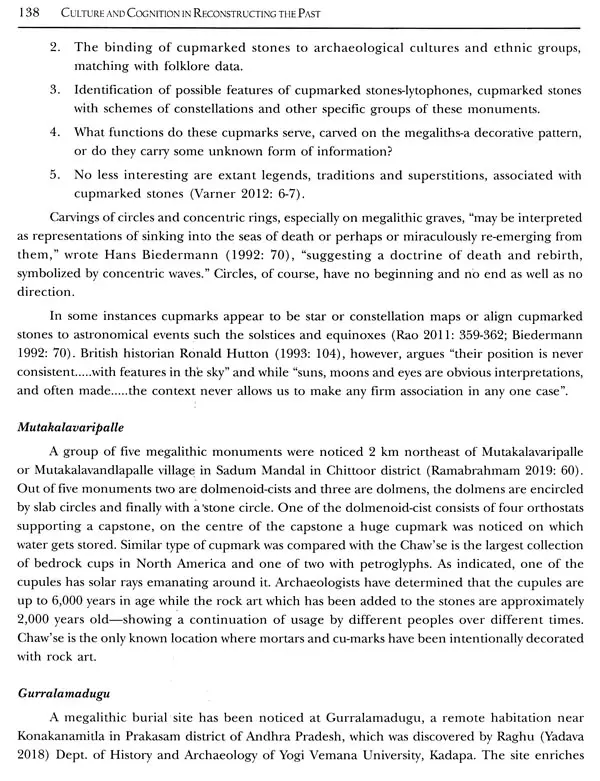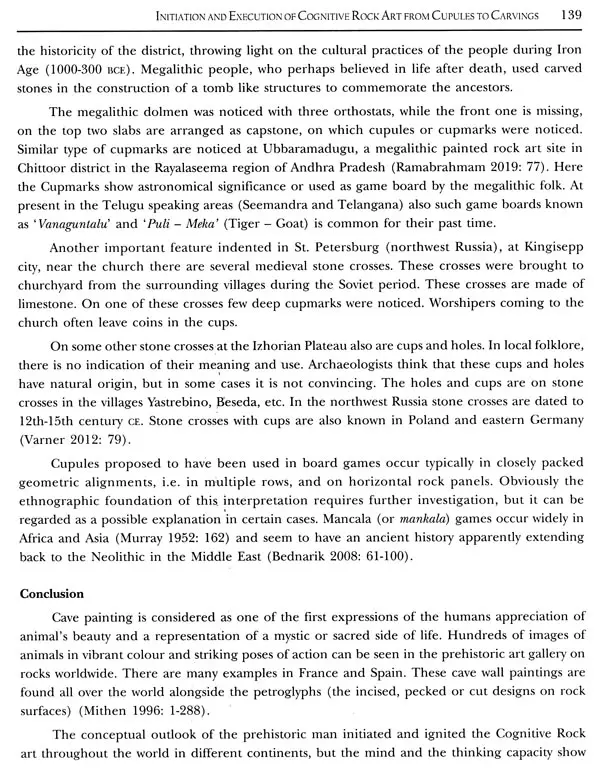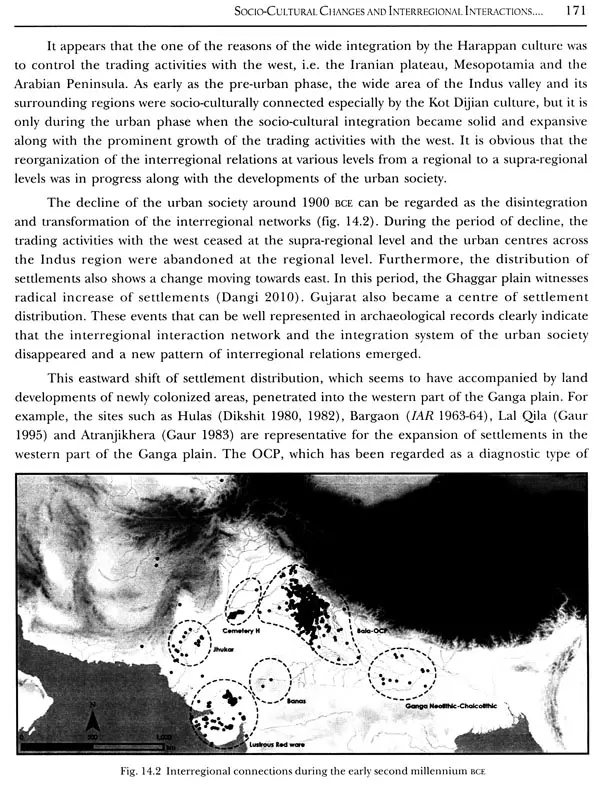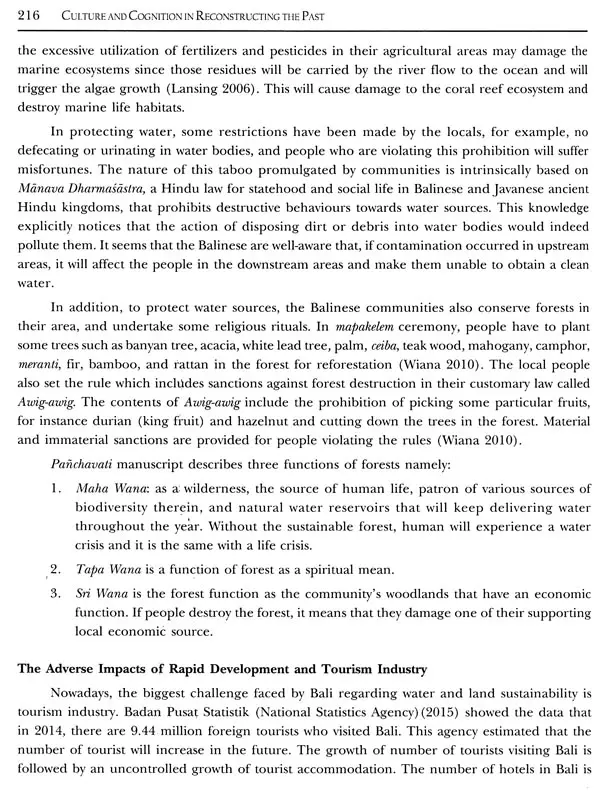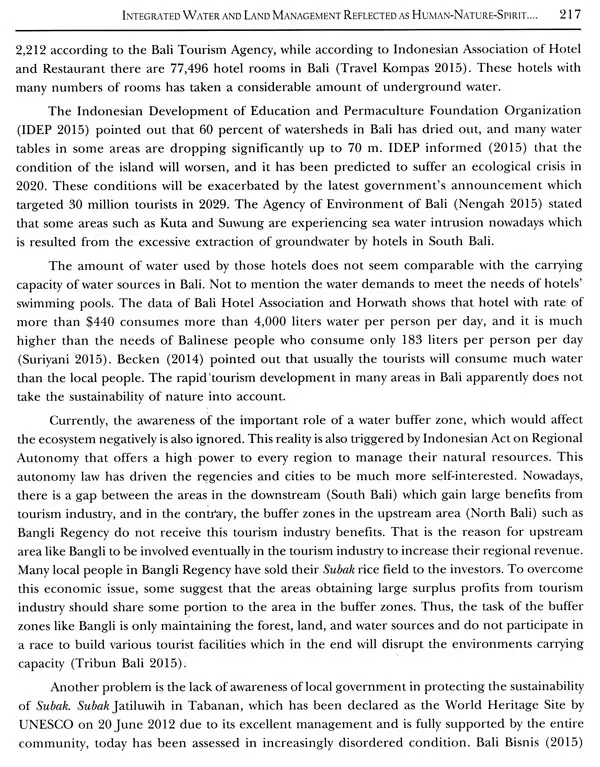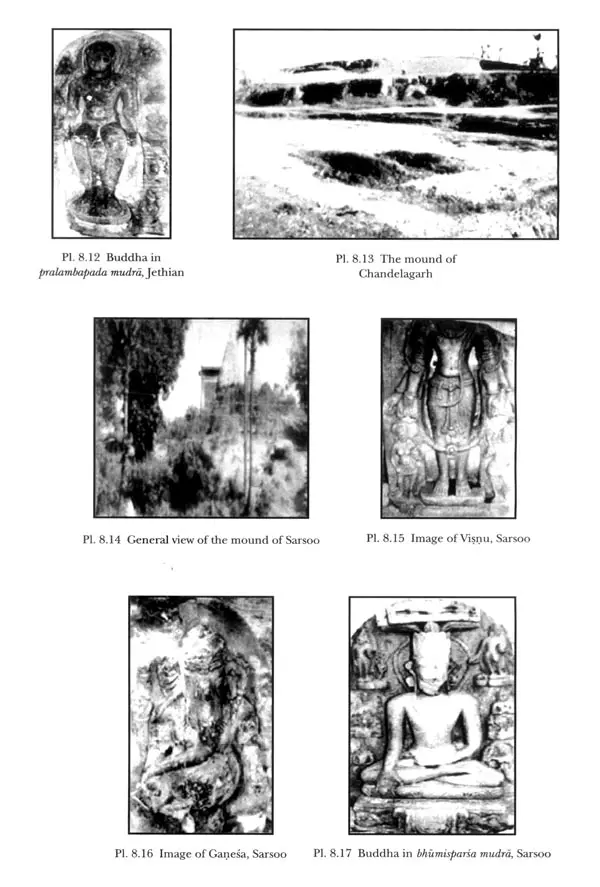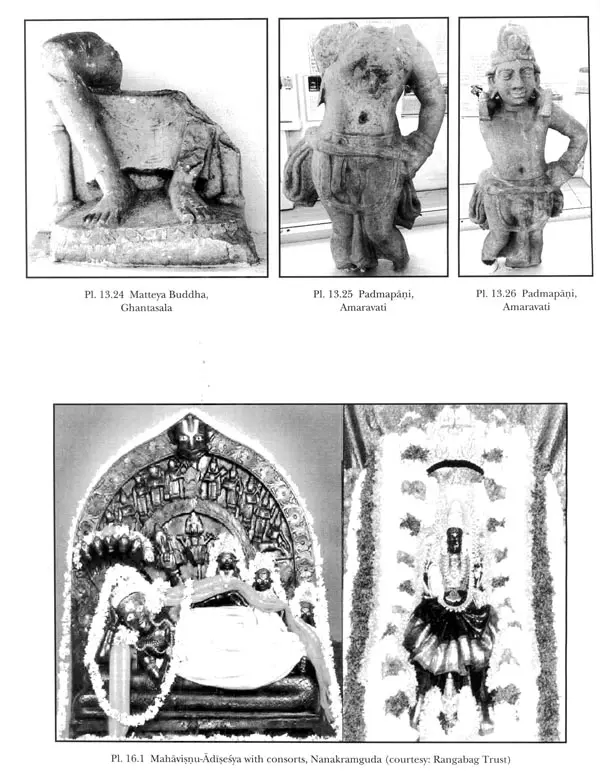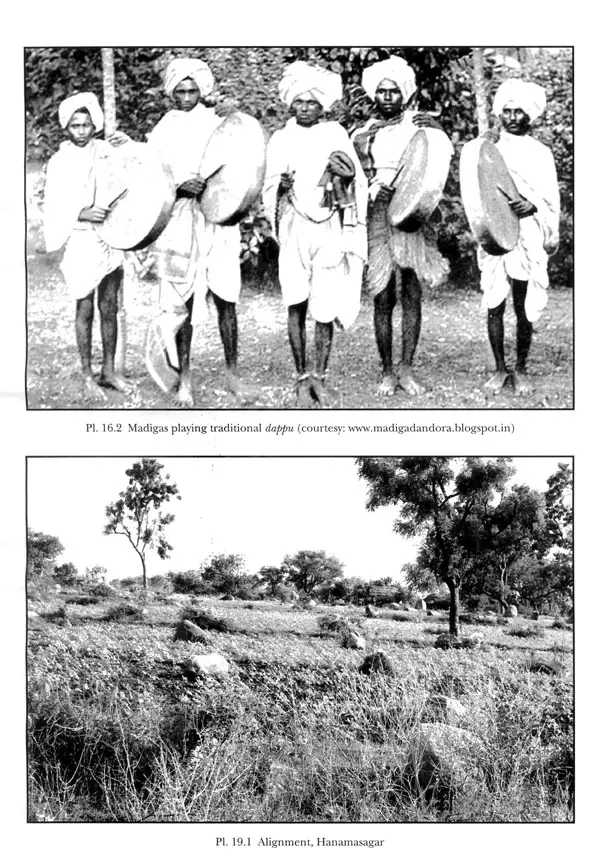
Culture and Cognition in Reconstructing the Past (Essays in History, Culture and Archaeology)
Book Specification
| Item Code: | UAE354 |
| Author: | K.P. Rao and M.N. Rajesh |
| Publisher: | Sharada Publishing House, Delhi |
| Language: | English |
| Edition: | 2022 |
| ISBN: | 9789383221356 |
| Pages: | 324 (Throughout Color and B/w Illustrations) |
| Cover: | HARDCOVER |
| Other Details | 11.00 X 9.00 inch |
| Weight | 1.37 kg |
Book Description
Breaking away from the idea that material goods are just remnants of the past, many papers in this volume try to understand the life-world of these goods and how they played a part in the cognitive development of the people. Burial mounds and other excavation sites focus on a range of materials like ornaments, tools, structures, etc. which are invested with multiple meanings that go beyond just the practical usage. Further, some of these practices like hunting, pottery, burial practices are specific to a region and culture and at the same time have been practiced by almost all the pre-literate societies and this opens the doors for interrogation at both the immediate as well as larger context and to answer the questions of history in a global context.
Art has become central 'and comes in many forms ranging from the arrangement of rocks, creation of shelters, buildings and design of tools and textiles. When we enter into this domain of artistic representation, the different motifs, their ritual and cultural significance is important and such practices extend to long distance trade as far as Egypt. Ethnography and ethno- archaeological approaches have been employed and some of the papers discuss the peopling of regions, perception of afterlife and meanings of social and cultural patterns. Technology is reflective of the cognitive achievements of the communities, and has always played key role in the progress. Articles on metallurgy, glass & pyrotechniques supplement the volume in this respect.
Dr M.N. Rajesh (b. 1969) completed his M.A. degree (1992) and M.Phil. (1994) in Ancient Indian History at the Centre for Historical Studies, Jawaharlal Nehru University, New Delhi and worked on the Socio-Religious context of the Early Cola Temples.
He obtained his Ph.D. degree (1999) on the Buddhist monasteries of Tibet (Gompas) from the Centre for Central Asian Studies, School of International studies, JNU. He is presently working as an Assistant Professor in the Department of History, University of Hyderabad.
His main areas of research include the history of Tibet and religious movements in medieval South India and international affairs related to Central Asia.
Book's Contents and Sample Pages
